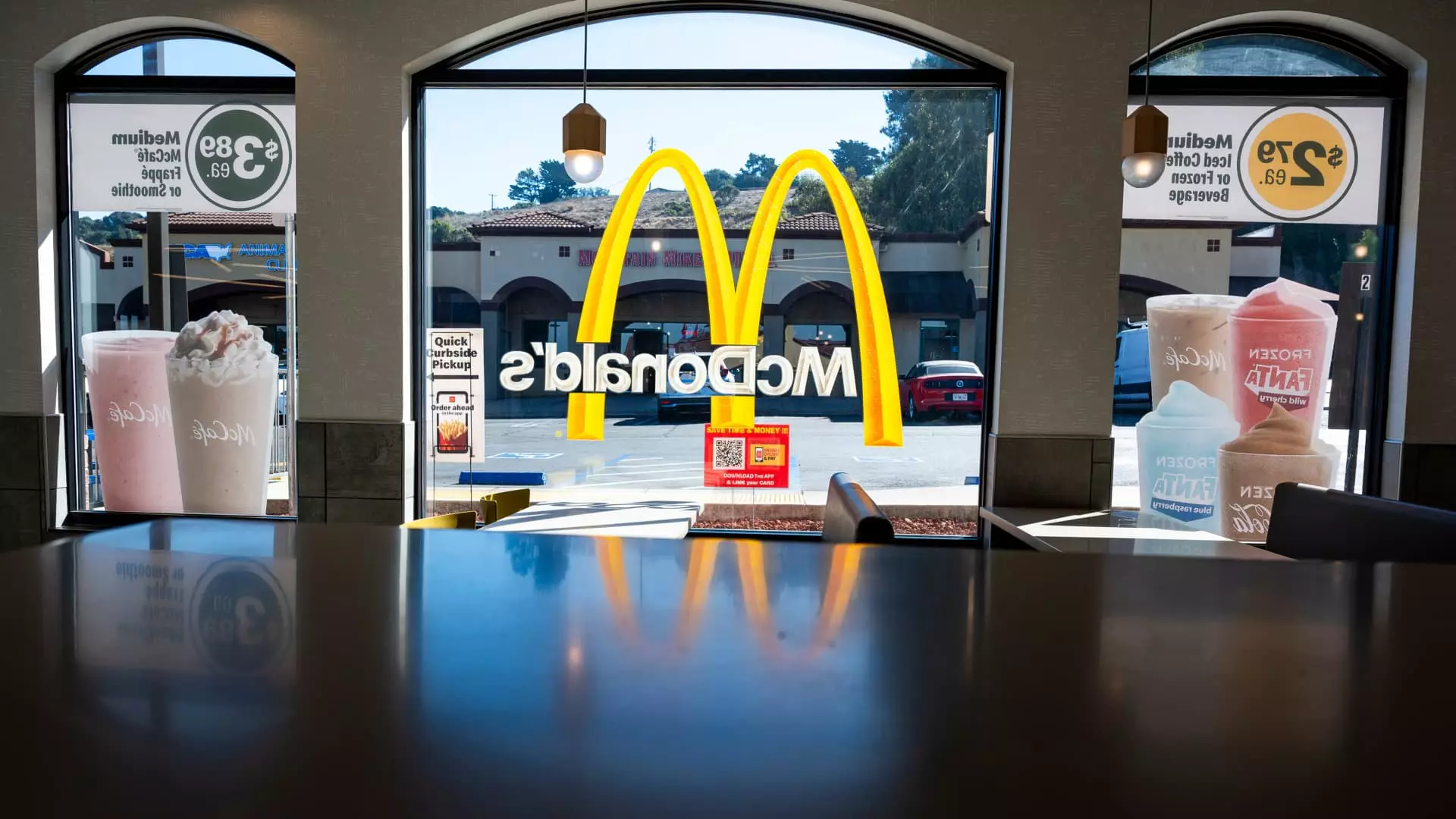The restaurant industry is navigating through turbulent waters in early 2025, grappling with external challenges that have prompted substantial changes in operational strategies and consumer engagement. Despite a promising end to the previous year, marked by growth in sales as consumers began patronizing their favorite chains again, the onset of new complications in January has dampened expectations. This article aims to dissect the current landscape of the restaurant industry, particularly focusing on the contrasting trajectories of various chains, consumer behavior, and the overarching economic factors at play.
As 2024 drew to a close, a sense of optimism permeated the restaurant sector. Chains such as Burger King and Popeyes, under the umbrella of Restaurant Brands, reported a surge in sales attributed to strategic value offerings that resonated with budget-conscious diners who had been cooking more at home amid rising inflation. McDonald’s also noted a rise in domestic traffic, albeit their same-store sales experienced a slight decline. However, this wave of positive sales momentum could barely withstand the shocks that January brought.
The cold winter months, combined with severe weather events, especially in regions like Los Angeles, significantly detracted from consumer movement toward eating out. Wendy’s CFO Kenneth Cook succinctly stated, “We’ve started the year facing some overall industry traffic headwinds” — a sentiment that echoed through multiple conferences across leading restaurant brands.
Consumer Sentiment: Cautious Optimism Amid Economic Uncertainty
The pulse of consumer behavior has always been a critical indicator for the restaurant industry. This year, uncertainty looms large as inflation continues to exert pressure on household budgets, forcing consumers to make more calculated dining decisions. Doug Fry, President of Subway U.S., pointed out that customers are “waiting to see how the economy goes” while maintaining a keen eye on value, quality, and portion sizes.
As inflation impacted various sectors, the price of food eaten away from home rose by 3.4% over the past year, which has not gone unnoticed by consumers. Many are deciding between splurging on dining out or sticking to home-cooked meals. The result is a hesitancy that chains must navigate, as steady traffic and sales growth appear to be just out of reach for now.
Looking ahead, analysts predict fluctuations in traffic and sales throughout the year, largely due to comparing data against last year’s dips. Restaurant Brands’ CFO Sami Siddiqui highlights the opportunity for improved year-over-year comparisons as the year progresses into summer. With all sports expected to bounce back after facing declines during the pandemic, restaurants could potentially regress to pre-pandemic sales levels, as long as they manage consumer expectations effectively.
Despite these cautious forecasts, certain chains demonstrate a resilient spirit. For instance, McDonald’s and Chipotle Mexican Grill both report expectations of stronger sales recovery as consumer sentiment improves. Chipotle, particularly, is preparing for a resurgence, albeit its leadership expressed a realistic acknowledgment of potential short-term challenges, such as impacts from weather and seasonal promotions.
The Elephant in the Room: Economic Policies and Trade Wars
While various chains are maneuvering through immediate sales strategies, the broader implications of recent economic policies also capture attention. Despite fears, major chains have downplayed the potential impacts from current tariff discussions, especially concerning ingredients sourced internationally. For example, Chipotle’s reliance on Mexican avocados raised eyebrows regarding food costs but did not induce immediate alarm in forecasts.
Nevertheless, rising consumer sentiment which hit a seven-month low in February must not be overlooked. Households are understandably cautious, haunted by the specter of rising prices and the potential impact on their everyday spending. This continuous evaluation of economic policies and inflation will inevitably influence consumer behavior throughout the year.
The forecast for the restaurant industry in 2025 is a tale of two contrasting realities: one of cautious optimism amidst recovering sales and the other, a grounding from economic apprehension that keeps consumers tethered to their wallets. From the ups and downs witnessed so far, it is clear that for the restaurant sector to thrive, it must adapt quickly, embracing both the opportunities presented by market recovery and the challenges spiraled from external economic pressures. As we continue through the year, the agile responses of chains to consumer needs, market trends, and unforeseen hurdles will be the deciding factors in their evolution within this vibrant yet turbulent landscape.


Leave a Reply